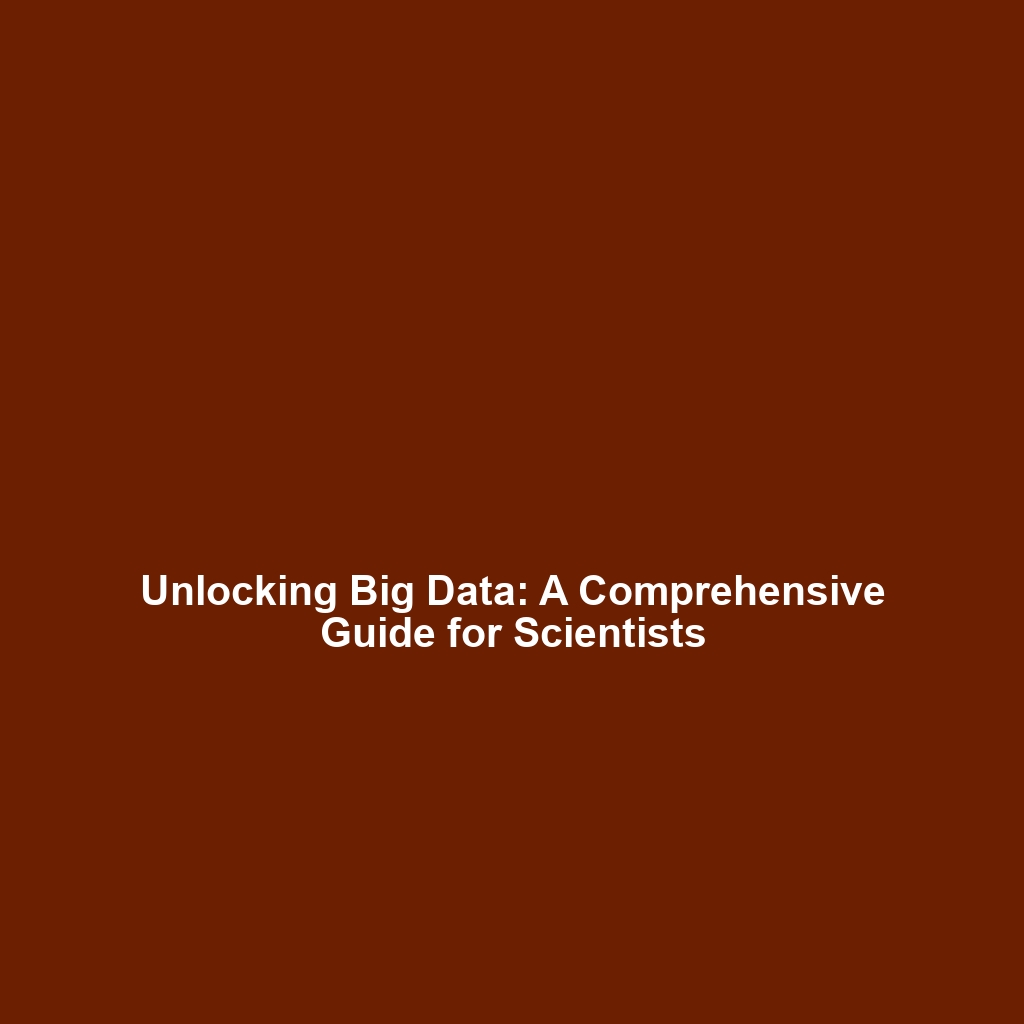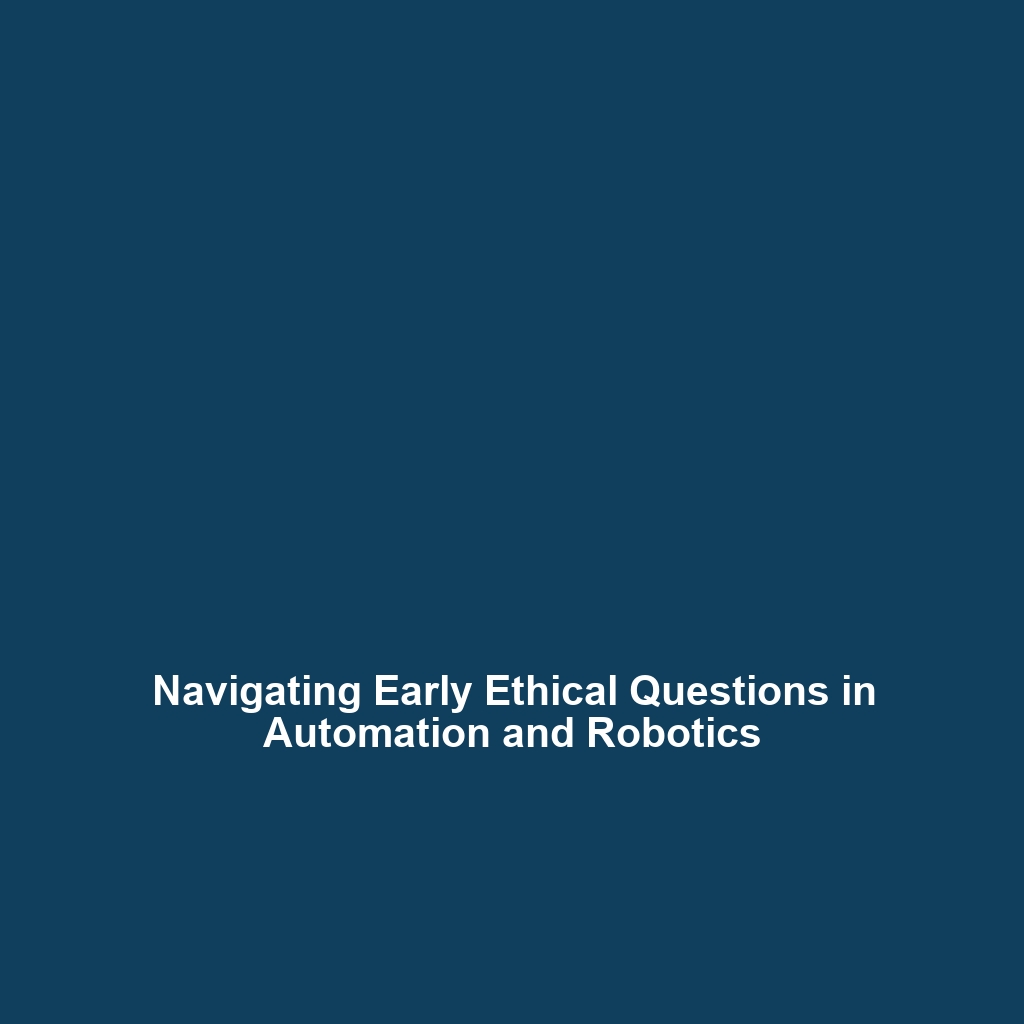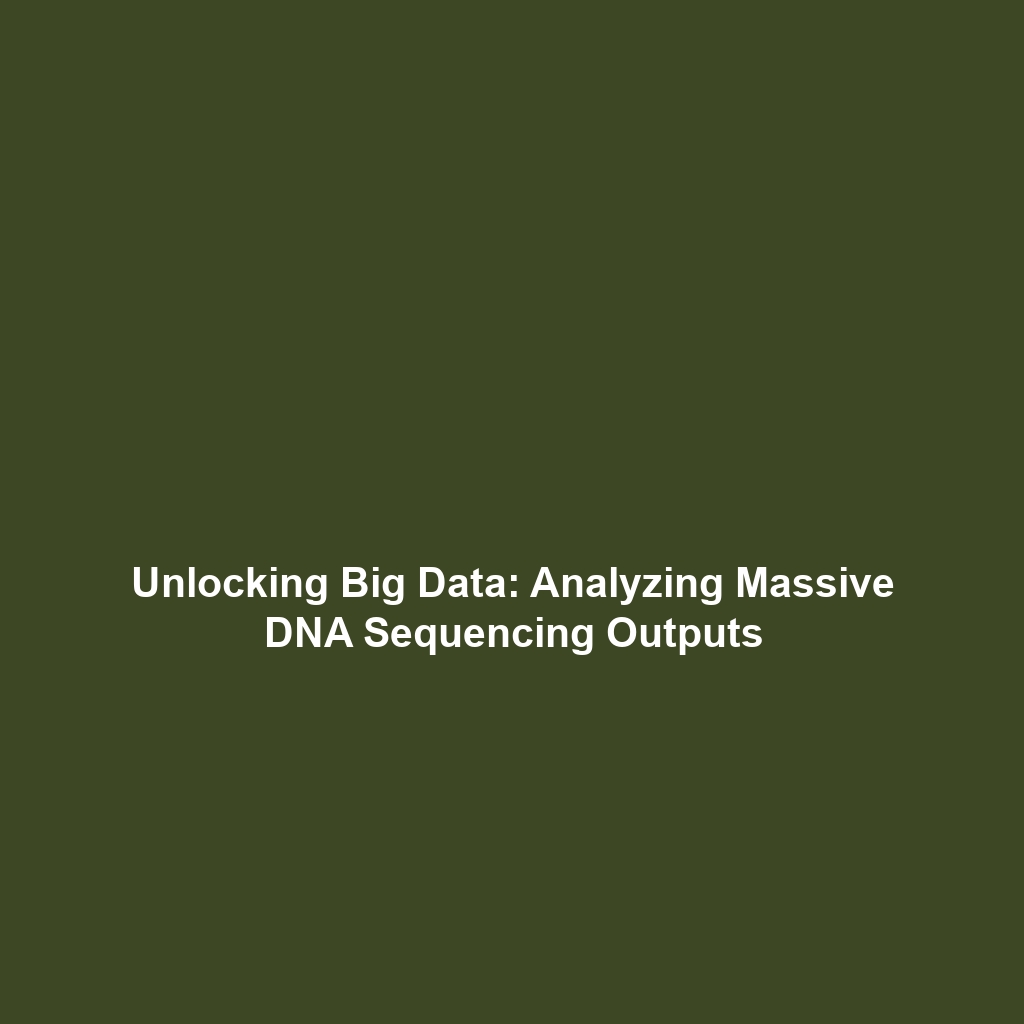Scalable Computing Resources and Real-Time Data Analysis in Big Data Science
In the rapidly evolving field of Big Data in Science, scalable computing resources play a crucial role in enabling real-time data analysis and facilitating collaborative research across the globe. As scientific inquiries increasingly rely on vast datasets, the capacity to process and analyze this information quickly and efficiently becomes paramount. This article examines the significance of scalable computing resources and their transformative impact on scientific research.
Key Concepts
Scalable computing resources refer to systems that can efficiently handle growing datasets and adapt to increasing processing demands. This concept fits within the realm of Big Data in Science through various principles:
- Distributed Computing: Utilizing multiple machines to perform tasks simultaneously increases processing power.
- Cloud Computing: Offering on-demand resources and storage over the internet enables researchers to access advanced computational power without extensive local infrastructure.
- Data Streaming: Real-time data processing mechanisms allow immediate analysis from various data sources.
Applications and Real-World Uses
Scalable computing resources find numerous applications within Big Data in Science. Some examples include:
- Genomics: Analyzing genetic sequences in real-time to uncover variations that can lead to personalized medicine.
- Climate Modeling: Processing vast datasets from sensors across the globe to predict climate changes and its impacts.
- Social Science Research: Utilizing social media data for real-time sentiment analysis and public opinion tracking during global events.
Current Challenges
Despite its advantages, the application of scalable computing resources in Big Data in Science is not without challenges:
- Data Privacy: Ensuring the securing and anonymization of sensitive information remains a major concern.
- Resource Management: Effectively managing and optimizing resource allocation for scaling can be complex.
- Interoperability Issues: Integrating diverse data sources and computing platforms can hinder real-time analysis.
Future Research and Innovations
The future of scalable computing resources in Big Data in Science holds exciting potential. Anticipated innovations include:
- AI-Driven Data Analysis: Enhanced algorithms for automated insights from massive datasets.
- Quantum Computing: A breakthrough technology that promises exponential processing power for complex analyses.
- Edge Computing: Bringing data processing closer to data sources will enable faster real-time analysis with lower latency.
Conclusion
Scalable computing resources are at the forefront of revolutionizing real-time data analysis and fostering collaborative research within Big Data in Science. By embracing these advancements, the scientific community can enhance research capabilities, leading to more significant discoveries. To learn more about how technology impacts science, explore our other articles on Big Data applications and cloud computing innovations.






